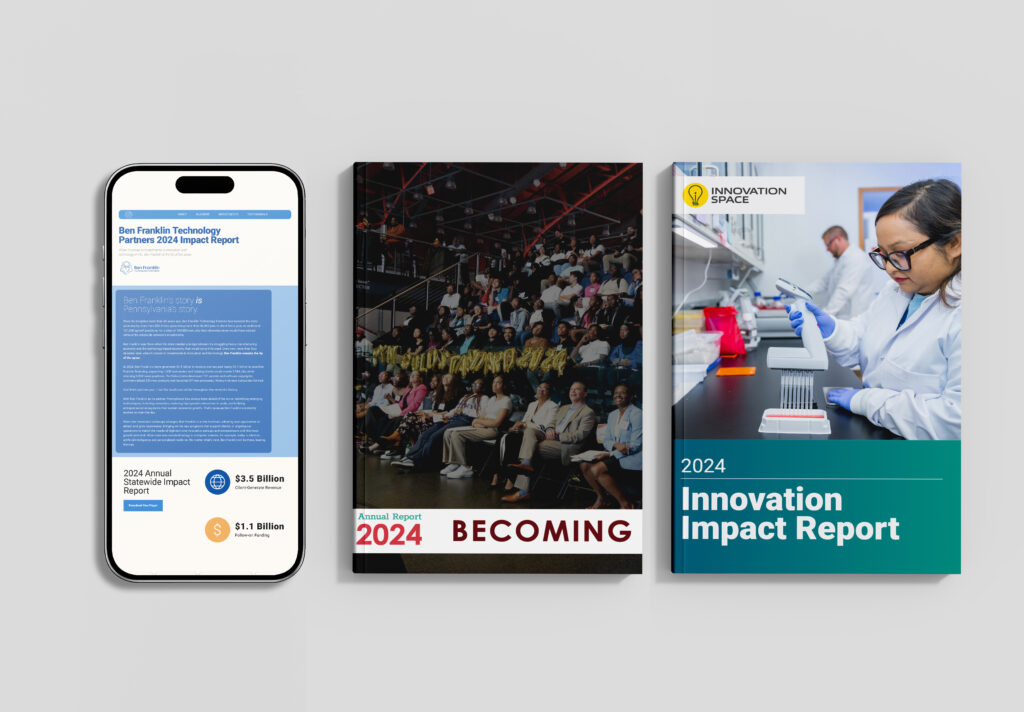
As media and communications professionals, we’re always asking our clients, “What’s unique about what you are telling us? What’s the angle that will capture the media’s attention?”
Throw away all the buzz words and jargon and it always comes down to one thing:
What makes a great story?
What differentiates a good story from a great story is the focus on people. Why? Well, despite the bots that pervade social media and the impersonal alerts buzzing on our phones, humans still relate to stories about people – ones where they can find a sliver of relatability, of empathy, of emotion, of themselves.
Storytelling is not a new fad in communications, although our attention to the human element continues to crystallize. I recently was working on a story for Walmart where we were having trouble engaging local reporters to tell the story of exciting innovations they were rolling out across the country, including in Philadelphia. I kept going back to the drawing board.
And then I found the relatable story – that of a 74-year-old West Philadelphia entrepreneur whose business making beef and turkey products caught the eye of Walmart scouts looking to add American products to the retailer’s line. Ed Hipp is now going to get his chance to pitch his product to executives of Walmart in Bentonville, AK. in the company’s annual “Open Call” event.
The upbeat story made the front page of the Philadelphia Tribune Business section. Why? Because it was a story that started with Mr. Hipp.
People want to read stories about people. It’s natural. It is a proven psychological trait that people want to transcend the words to immerse themselves in a story. An article from Psychology Today that talks about bridging storytelling between digital and traditional media says, “Stories are authentic human experiences. Stories leap frog the technology and bring us to the core of experience.”
What makes a good story? Here are three tips we try to use when working with our clients – no matter if they represent a large corporation, a small nonprofit, a cause we represent or a client who is in crisis.
Start with who the story is about – and never an amorphous brand or entity. “Who” is defined here as an actual person – whether that be a CEO, an employee, someone impacted by the services provided by an organization or someone who might be impacted if attention is not brought to the fore on an issue.
Paint a picture with words. You want this story to help readers feel as though they are in this specific place and space in time with the person you’re writing about. What does it look like or feel like? Help create a narrative that will help go beyond what is on the page.
When is the right time? There is always a right time for a good story. Develop relationships with reporters so when you have the right story for the moment, you can break free from their insanely cluttered inbox. But also, drafting a pitch that is connected to a larger moment can certainly help ensure your story gets attention.
This is not a new notion. Storytelling has been at the heart of journalism and communications since its inception. It’s been at the heart of who we are as people since the beginning of time – we tell stories. Think of sitting around the Thanksgiving table. Everyone shares a story, an experience of something that happened to them. Other than that crazy uncle people may tune out, people usually scoot over to hear more.
Want people to click on your site to hear more about what you have to say? Tell them a story.




